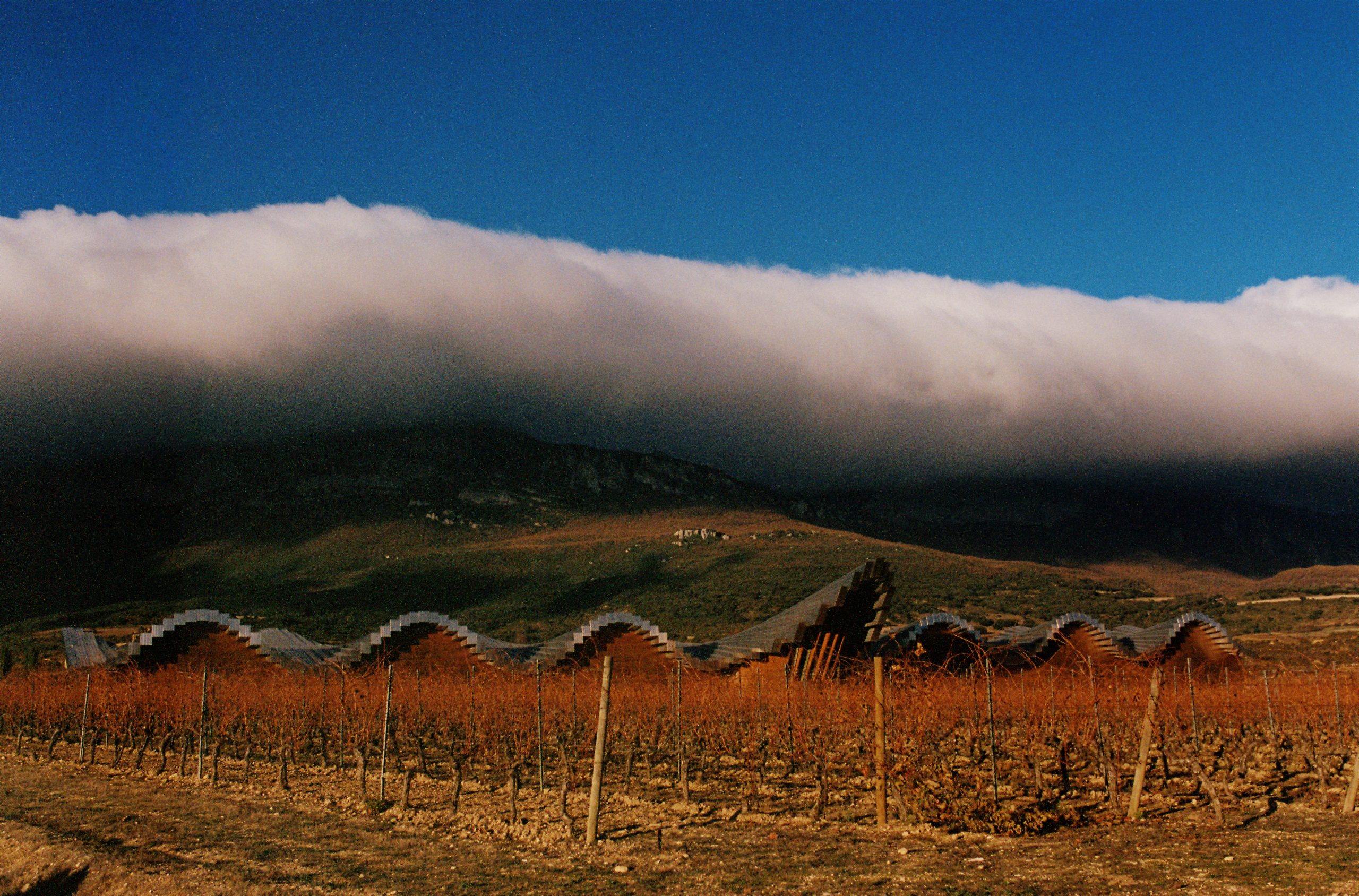Packaging, branding and the evolution of English wine
db speaks to two English wine producers to discover how changes in packaging and branding mirror the evolution of the English wine category.
The Ridgeview wine range, which was rebranded in 2018.
While the improved quality and consistency of English wine has been discussed at great length, its visual transformation has often been forgotten. Now served in top restaurants, two decades ago, English sparkling wine was a newcomer, and often the subject of much derision.
“I’ve worked in the wine industry for 30 and I definitely used to laugh at English wine in the past when I worked for Oddbins,” admits Robin Naylor, product development manager at wine distributor and producer Boutinot, which owns Henners Vineyard in East Sussex. “Within my lifetime, English wine has gone from being a quirky almost embarrassment to being this amazing premium-quality product.”
This evolution can be seen in the packaging. While some changes can be attributed to fashion, others are the result of more confidence. English wine has gone from farmers’ market to the global market, believes Tamara Roberts, CEO of Ridgeview Wine Estate, which is celebrating its 25th anniversary this year.
“When we first started, we didn’t want to stand-out,” she says. “You didn’t want to do anything too avant-garde in terms of packaging: you were trying to present yourself as one of the gang. It had all those familiar design cues: gold foiling, quite conservative-looking and ornate. Nothing too out there.”
The English wine landscape in 2020 is unrecognisable from what it was in 2000. There are now 165 wineries in the UK, approximately 770 vineyards and 3,500ha under vine. That’s around quadruple the vineyard area that was planted two decades ago.
With the sector becoming increasingly competitive, how has this played out in the packaging?
Ridgeview’s Bloomsbury through the ages…
English style
The Ridgeview Oak Reserve NV
“We’ve seen people moving away from those old conservative Champagne-type design cues,” Roberts says. Ridgeview carried out a complete re-brand of its range in 2018 with the help of Brighton-based designers CookChick, swapping the gold foil for black labels with flashes of bright colour to indicate the different lines. More recently it released a new fizz called Oak Reserve NV, with labels printed on textural Fasson natural cherry wood paper. With this new bottle, it won this year’s Sparflex Award for Best English and Welsh Sparkling Wine Packaging at The Drinks Business Awards, and is up for Label of the Year in the UK Packaging Awards.
Roberts describes the re-brand as a “journey”, which took a couple of years to get right. “It was important for us not to get left behind, plus the brand had moved on and the packaging needed to lead again, rather than follow behind,” she says. “It certainly wasn’t straightforward. We basically said: here’s a blank sheet of paper, what we’ve currently got doesn’t need to be there. It’s about depicting where you see the brand going in the next 20 years.”
Naylor agrees. Admitting to having had “more fun with labels than I should have been allowed to”, he understands the significance of visual identity. “The label is such an important piece of paper,” he says. “Now is the time to help shape what English sparkling wine looks like in terms of its quality, its difference, its Englishness. It feels important not to try and look like Champagne. You have a rich history and panoply of culture to lean on with England, it’s a brilliant place to talk about.”
Clay and proud
Naylor believes that rather than marketing English sparkling wine around a family with a Land Rover “like a Boden catalogue”, brands should focus on the place.
Partner Content
Boutinot bought Henners in 2017 and has recently rebranded the entire range, changing the colour palette, design and marketing message. In 2018, the winery made a new saignée method rosé and invested in new tanks to aid malolactic fermentation.
The new Henners branding
“Making the rosé felt like a real turning point. The wine was the most fundamentally true to the direction we were taking Henners in,” Naylor said.
The packaging now uses colours inspired by the place, from the pewter-blue of the English Channel for the Brut, the dusty pink of the pebbles on Pevensey Bay for the Rosé, oak-leaf green for the Vintage, and taupe representing mud for a new Blanc de Blancs, due to be released in June next year. The foils are embossed with the image of a leaf, with a zoetrope illustration of a seagull in-flight inside the tear strip.
“We should be talking about the place more,” Naylor says. “Everyone talks about chalk, but we’re very proud of the fact that we’re not on chalk, but on clay. I probably shouldn’t say that we’re ‘clay and proud’ because that would be misinterpreted. But we feel it gives us a real point of difference.”
Henners of old
As English wine increasingly moves towards a more regional approach, Naylor believes packaging is an area where it can be reflected. He said that Boutinot was looking to express this, particularly in the still wines which Henners will ultimately produce in addition to its sparkling line-up.
Budget balance
English wine brands are now devoting more time, energy and money to their branding. Roberts says there’s an “endless amount” that could be spent, and it’s an area that Ridgeview will be focusing on in the years ahead. The wine estate is launching a digital campaign ahead of the festive period, something it will continue and adapt into 2021.
She says: “If you compare us to the big Champagne houses, they spend an astonishing, often eye-watering amount of money on branding. But that is what brings them brand awareness. We don’t plan to spend to that level, but I do think as brands if you don’t put sufficient effort in, you won’t move onto the next level and get those additional sales.
“We’re investing much more of our time and money in brand awareness to move beyond where we are now and keep up with the competition.”
Old-style labels still remain, but there is now a vast array of creative designs from the black and gold of Hoffman & Rathbone, the eye-catching ‘face labels’ from Renegade, the pretty pastels from Wiston and the arty offerings from Tillingham. Producers have also played with bottle shape and size, and some have released wines in cans. With the challenges that Covid-19 has brought, and the move towards more direct-to-consumer and off-trade sales, is packaging the new playing field?




